Keith Piper and Tate Britain's 'undeniably racist' mural
Black British artist creates a 'measured' response to 'offensive' artwork that is now back on display
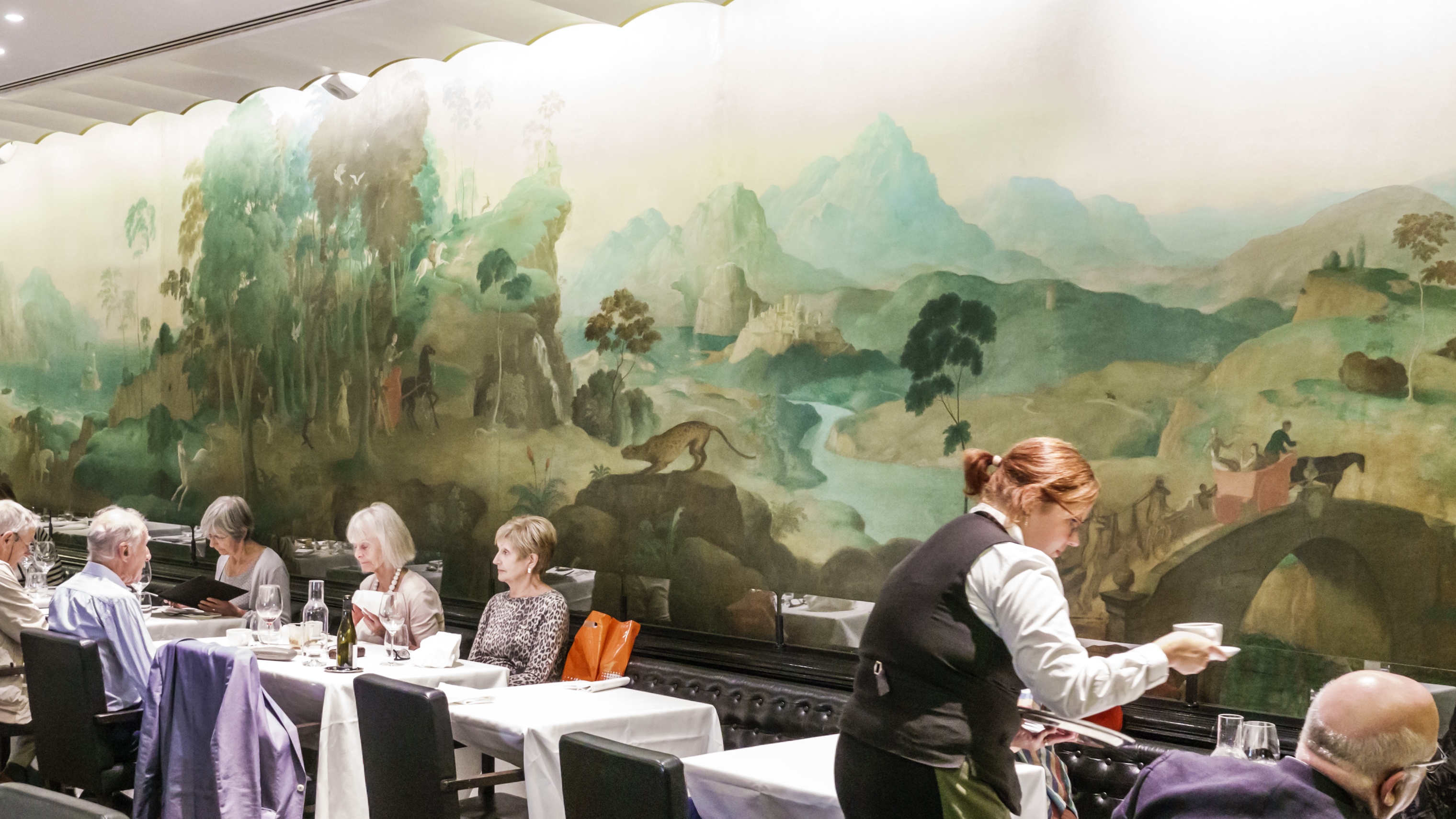
An artist commissioned to create a response to a "racist" artwork in Tate Britain has said it is important to display the offensive mural to "understand history".
Keith Piper, a key member of the Blk Art Group, was asked by the gallery in 2022 to counter Rex Whistler's "The Expedition in Pursuit of Rare Meats". The 1927 floor-to-ceiling mural contains vignettes showing a Black child kidnapped from his mother – who is depicted naked in a tree – to be enslaved, as well as caricatures of Chinese people.
The gallery's fine-dining restaurant, which housed the mural, was closed to the public in 2020, after the Tate's ethics committee said the artwork was "offensive". But the mural was restored to view this week, alongside Piper's work "Viva Voce", a 20-minute two-screen video piece in which Whistler is interrogated about his work by a fictional academic called Professor Shepherd.
The Week
Escape your echo chamber. Get the facts behind the news, plus analysis from multiple perspectives.

Sign up for The Week's Free Newsletters
From our morning news briefing to a weekly Good News Newsletter, get the best of The Week delivered directly to your inbox.
From our morning news briefing to a weekly Good News Newsletter, get the best of The Week delivered directly to your inbox.
'We look or we forget'
Defending the gallery's decision to put the "undeniably racist" Grade I listed mural back on display, Piper told The Guardian that it was "important to look at historical depictions in order to understand history".
"I know there is an argument among young people now that these images re-traumatise," he said, "but I think we either look or forget."
The mural, which depicts a hunting party riding through a fantastical landscape, has prompted many complaints over the years. The Guardian reported that the ethics committee was aware of concerns in 2013, after a £45 million restoration of the artwork brought the racist imagery to greater attention. Piper also told The New York Times that during his research he had uncovered complaints from as far back as the 1970s.
But it was only in 2020, after George Floyd's murder and the rise of the Black Lives Matter movement, that a groundswell of anti-racism campaigners "demanded the mural's removal" after controversial sections were highlighted on social media, said the paper.
A free daily email with the biggest news stories of the day – and the best features from TheWeek.com
'A deft act of cakeism'
Tate Britain director Alex Farquharson told The Art Newspaper that the furore over the mural was "one of the most challenging issues I have faced".
"It represented an extraordinary quandary," he said. "Key aspects of Tate's mission are in direct conflict – providing inclusivity to welcome our visitors and as custodian of an immovable, site-specific artwork."
Under current British heritage laws, the gallery could not easily alter or remove the mural. Last year, the government published guidance saying that museums must "retain and explain" problematic statues or artworks that are part of a building.
Piper's "Viva Voce" is a little "clunky", said The Telegraph's chief art critic Alastair Sooke. But by commissioning such a "well-intentioned and measured" response from a Black British artist to a work of art that it cannot remove, the Tate "rather deftly pulls off an act of 'cakeism'". The mural remains intact "while hostility towards it will be, for now, I assume, assuaged".
Sorcha Bradley is a writer at The Week and a regular on “The Week Unwrapped” podcast. She worked at The Week magazine for a year and a half before taking up her current role with the digital team, where she mostly covers UK current affairs and politics. Before joining The Week, Sorcha worked at slow-news start-up Tortoise Media. She has also written for Sky News, The Sunday Times, the London Evening Standard and Grazia magazine, among other publications. She has a master’s in newspaper journalism from City, University of London, where she specialised in political journalism.
-
 Animal Farm: has Andy Serkis made a pig’s ear of Orwell?
Animal Farm: has Andy Serkis made a pig’s ear of Orwell?Talking Point Animated adaptation of classic dystopian novella is light on political allegory and heavy on lowbrow gags
-
 What new cryptocurrency regulations mean for investors
What new cryptocurrency regulations mean for investorsThe Explainer The Treasury and the Financial Conduct Authority aim to make the UK a more attractive and safer place for crypto assets
-
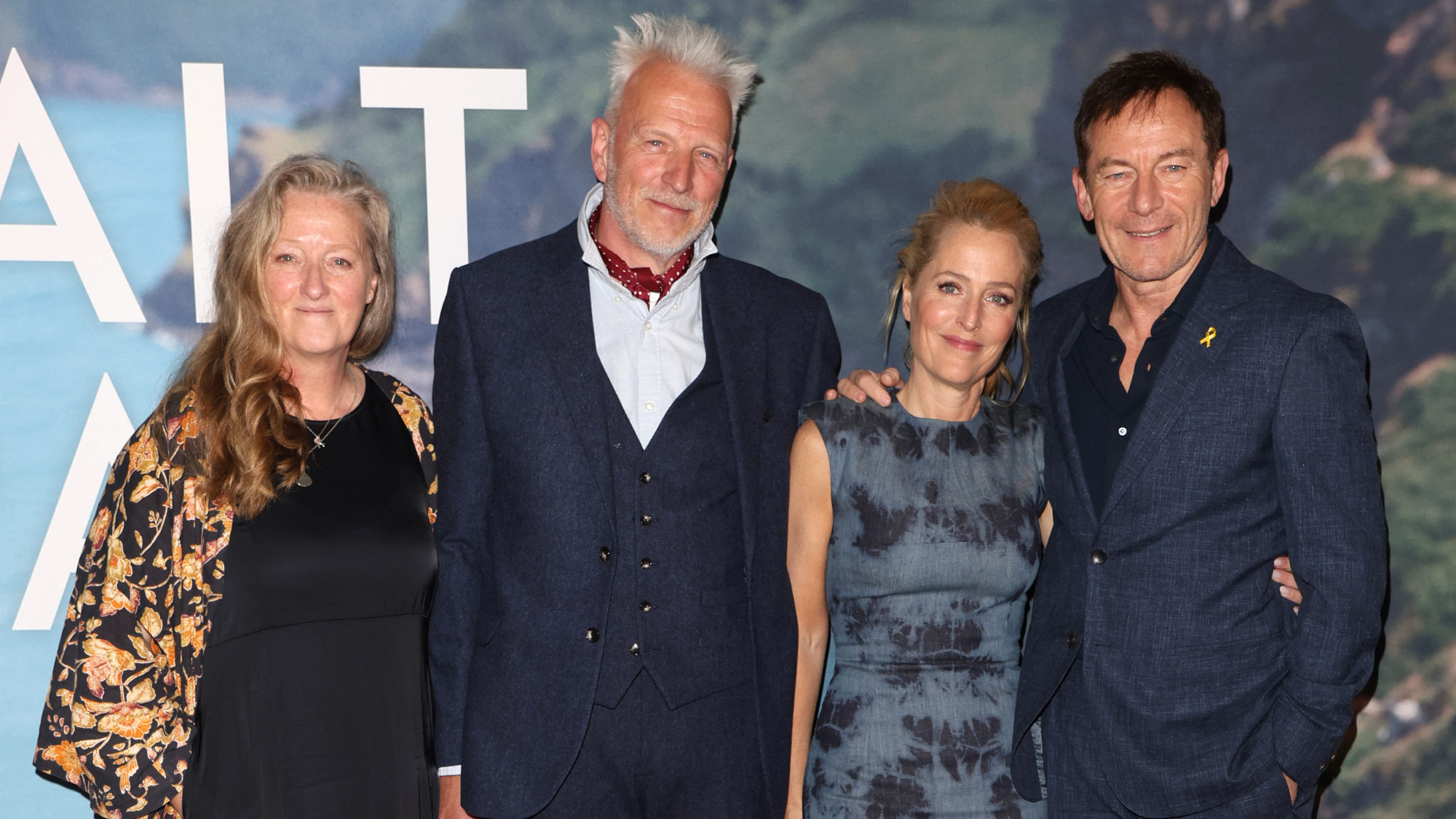 The Salt Path Scandal: an ‘excellent’ documentary
The Salt Path Scandal: an ‘excellent’ documentaryThe Week Recommends Sky film dives back into the literary controversy and reveals a ‘wealth of new details’
-
 Rob Reiner, wife dead in ‘apparent homicide’
Rob Reiner, wife dead in ‘apparent homicide’speed read The Reiners, found in their Los Angeles home, ‘had injuries consistent with being stabbed’
-
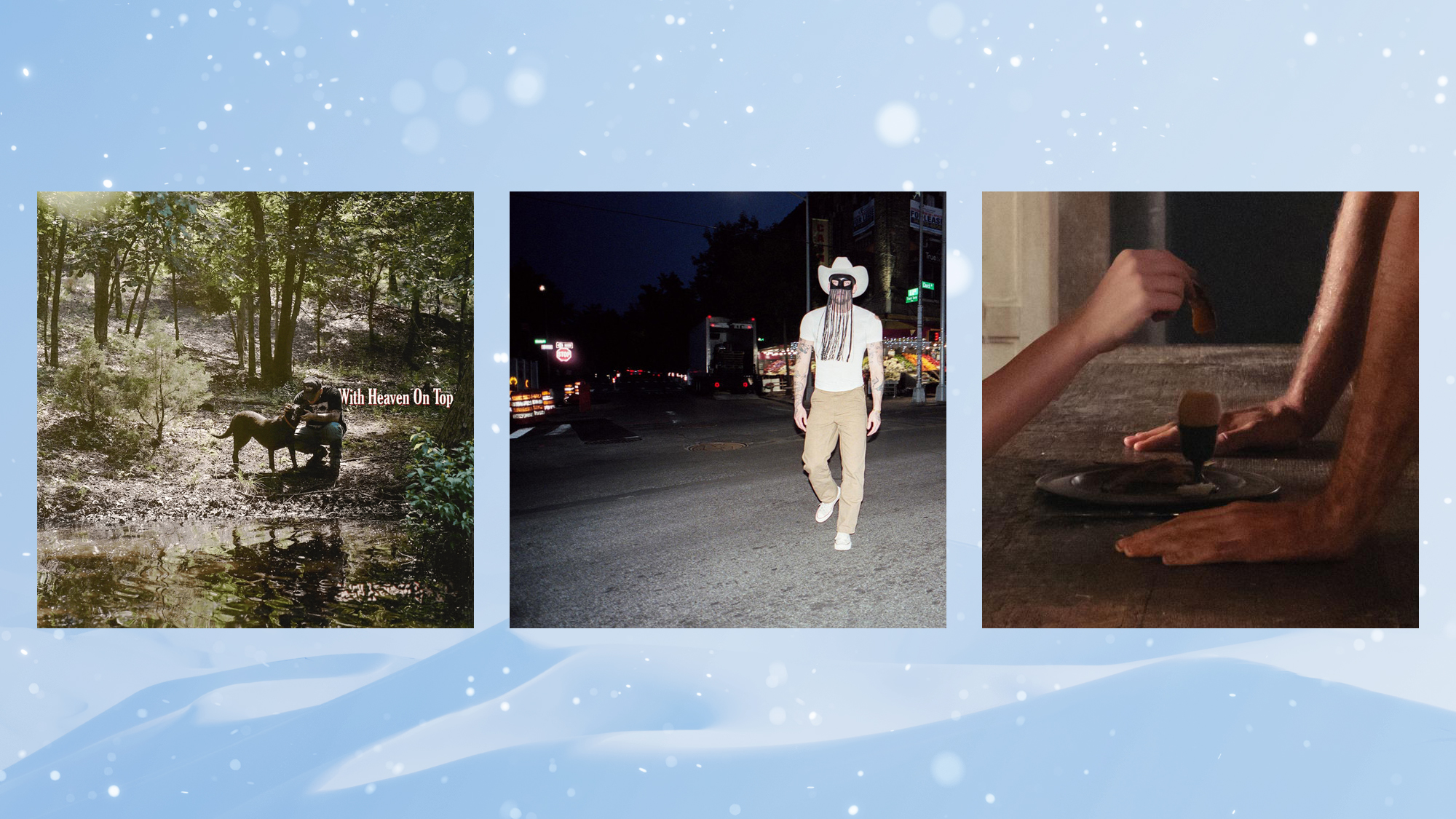 10 upcoming albums to stream during the winter chill
10 upcoming albums to stream during the winter chillThe Week Recommends As the calendar turns to 2026, check out some new music from your favorite artists
-
 Holbein: ‘a superb and groundbreaking biography’
Holbein: ‘a superb and groundbreaking biography’The Week Recommends Elizabeth Goldring’s ‘definitive account’ brings the German artist ‘vividly to life’
-
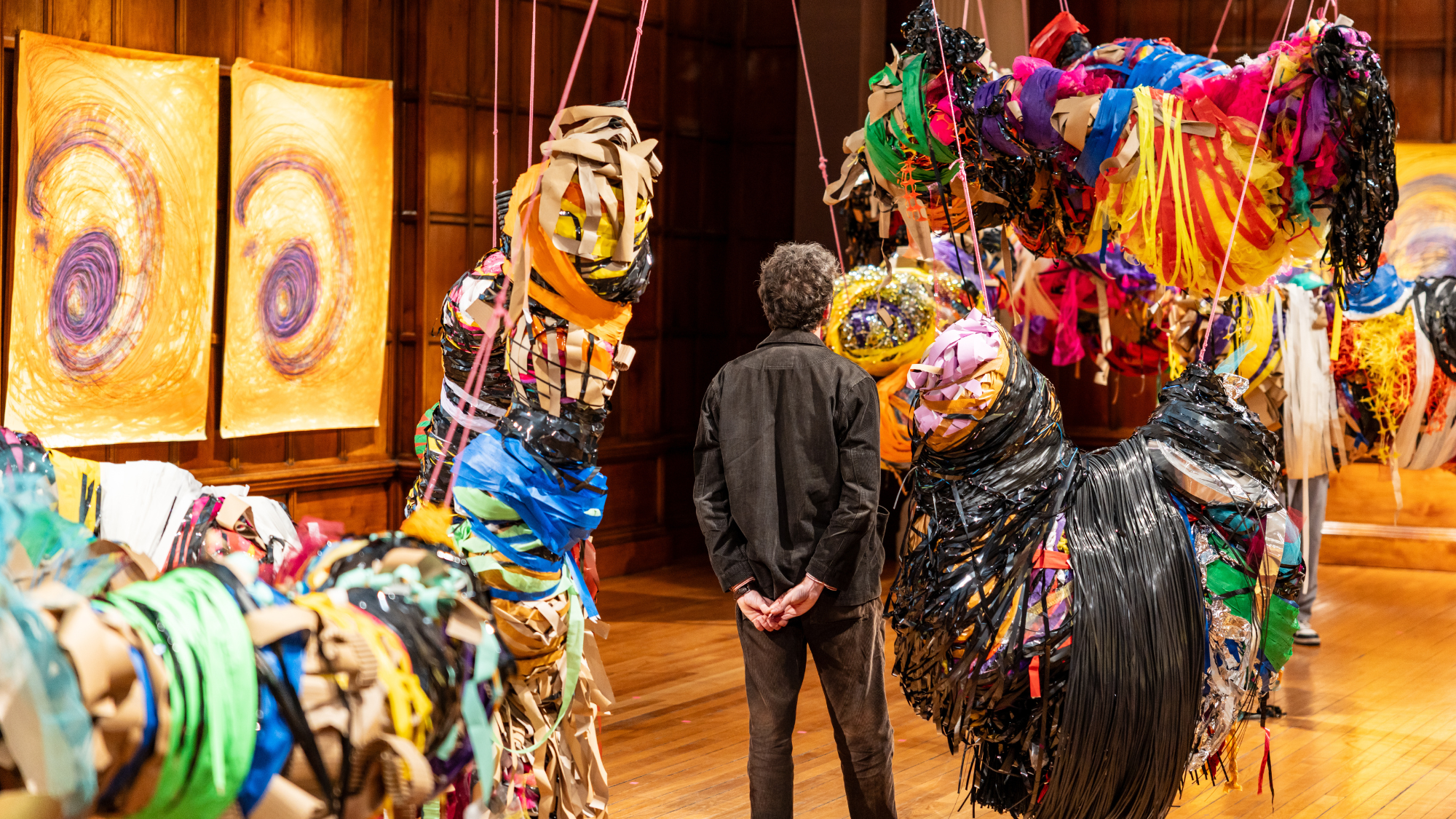 Nnela Kalu’s historic Turner Prize win
Nnela Kalu’s historic Turner Prize winTalking Point Glasgow-born artist is first person with a learning disability to win Britain’s biggest art prize
-
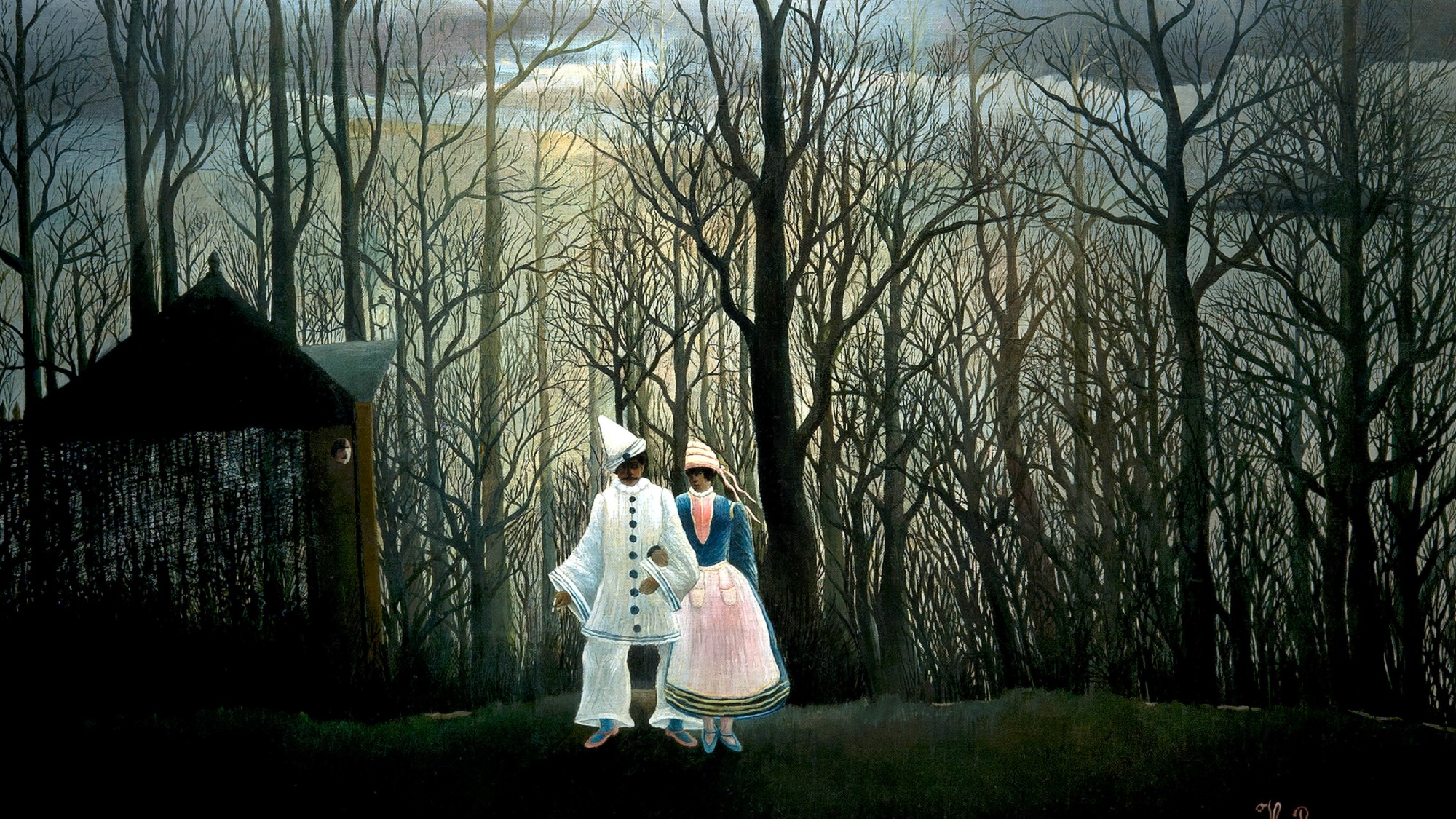 Henri Rousseau: A Painter’s Secrets
Henri Rousseau: A Painter’s Secretsfeature Barnes Foundation, Philadelphia, through Feb. 22
-
 Turner & Constable: Rivals & Originals – a ‘thrilling’ exhibition
Turner & Constable: Rivals & Originals – a ‘thrilling’ exhibitionThe Week Recommends Celebration of two of the UK’s ‘greatest landscape painters’ at Tate Britain is a truly ‘absorbing’ experience
-
 May your loved ones eat, drink and be merry with these 9 edible Christmas gifts
May your loved ones eat, drink and be merry with these 9 edible Christmas giftsThe Week Recommends Let them eat babka (and cheese and licorice)
-
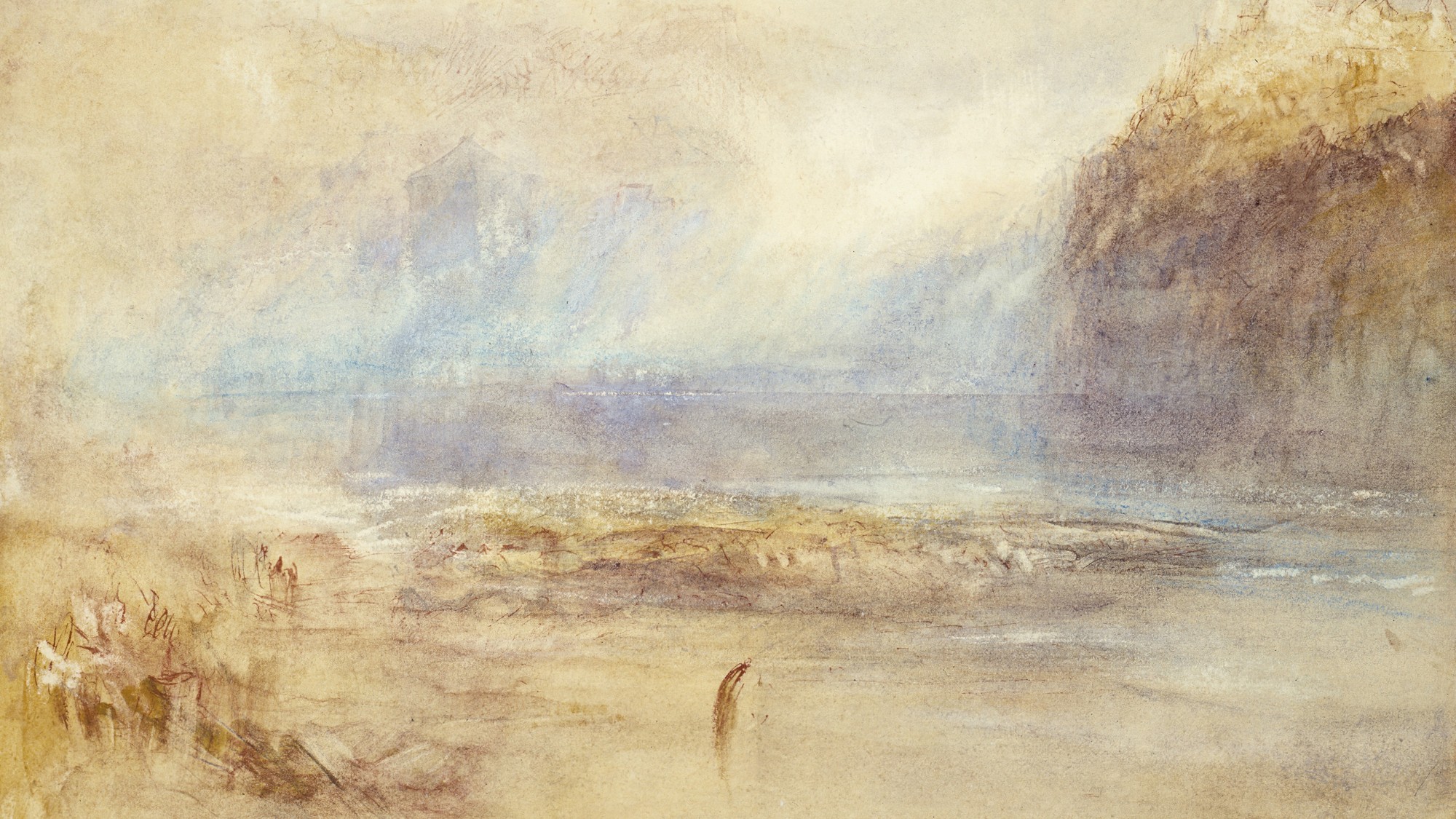 Turner: The Secret Sketchbooks – a fascinating portrait of the great painter
Turner: The Secret Sketchbooks – a fascinating portrait of the great painterThe Week Recommends BBC2 documentary examines the rarely seen sketchbooks of the enigmatic artist